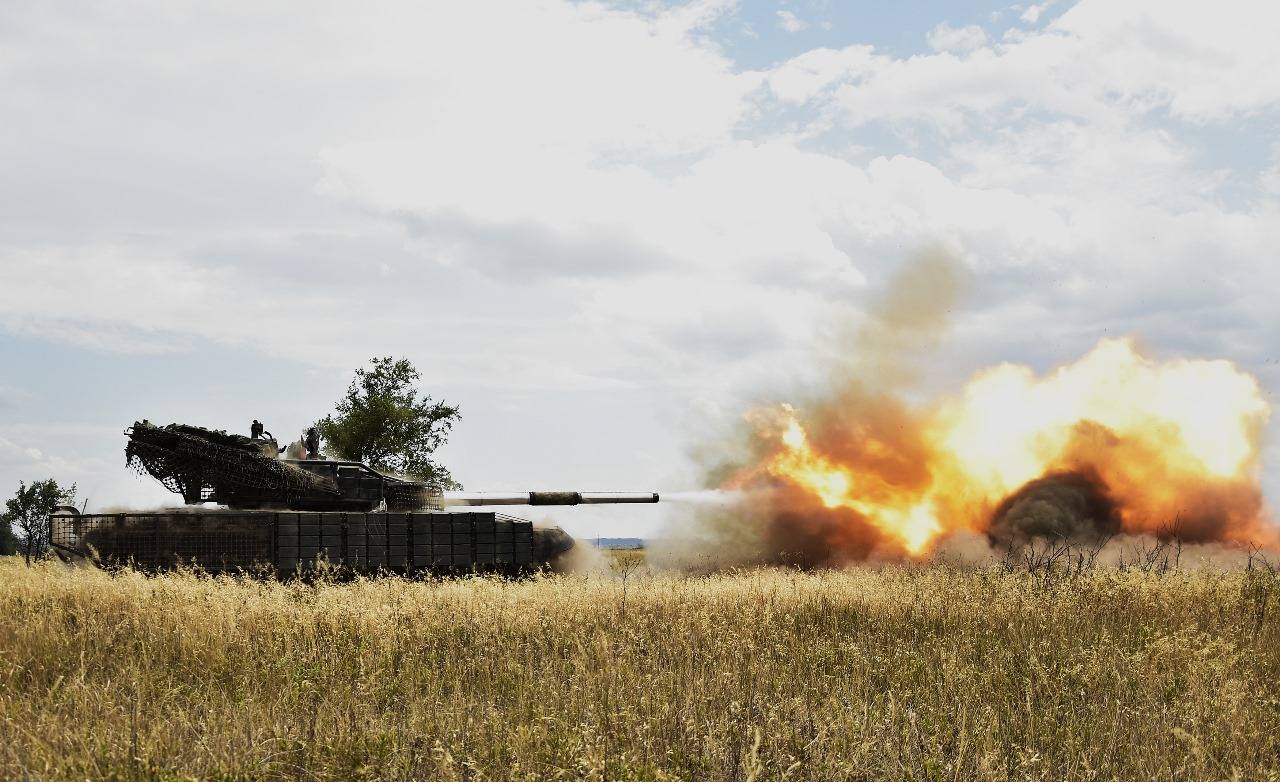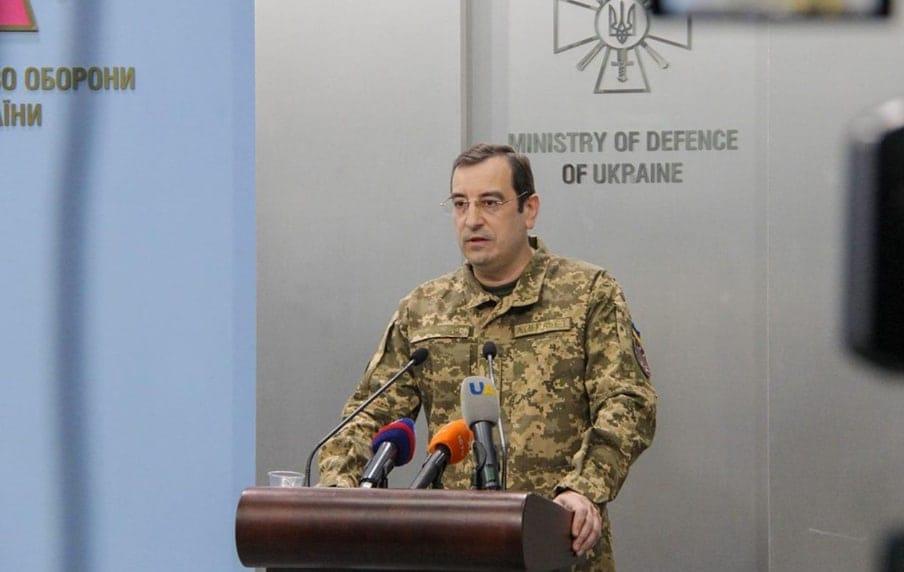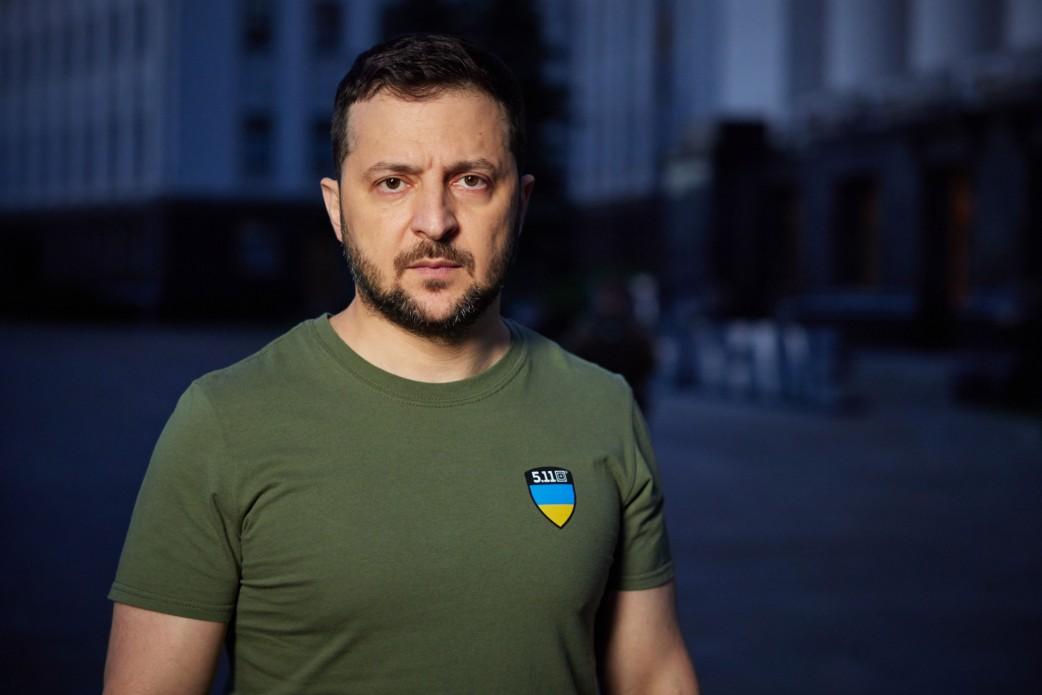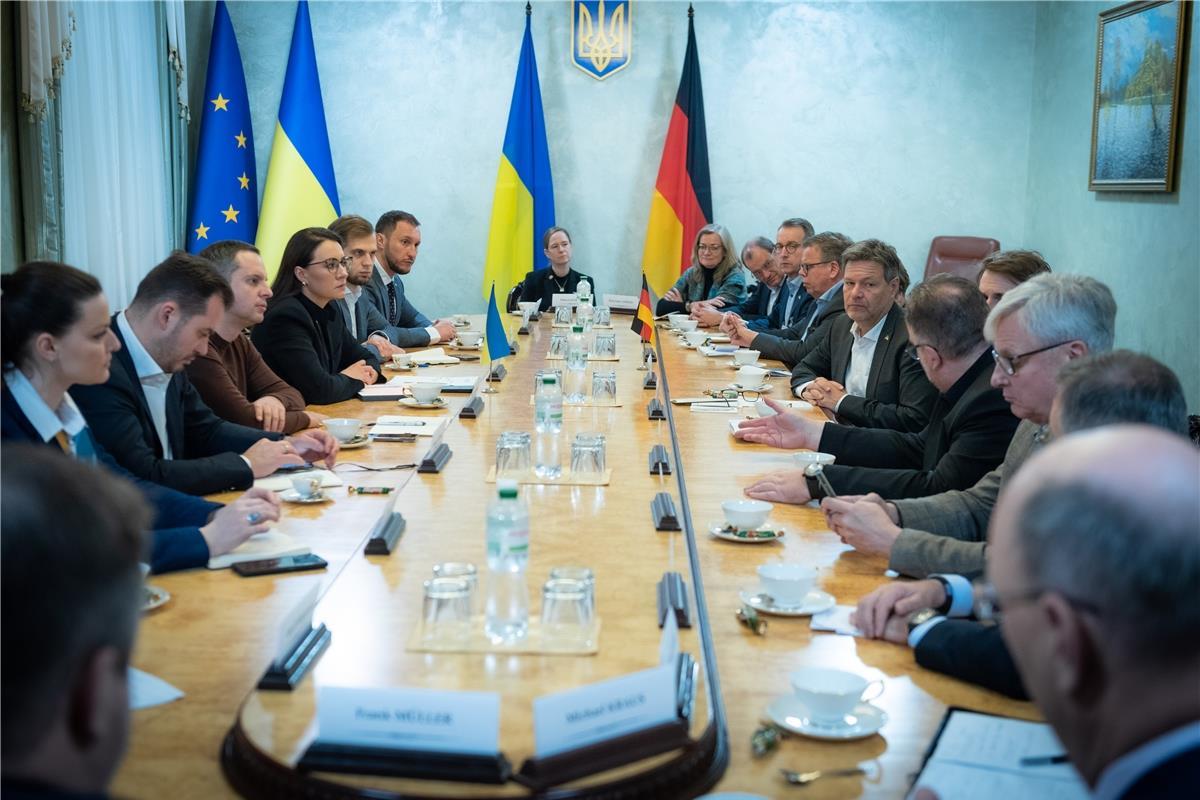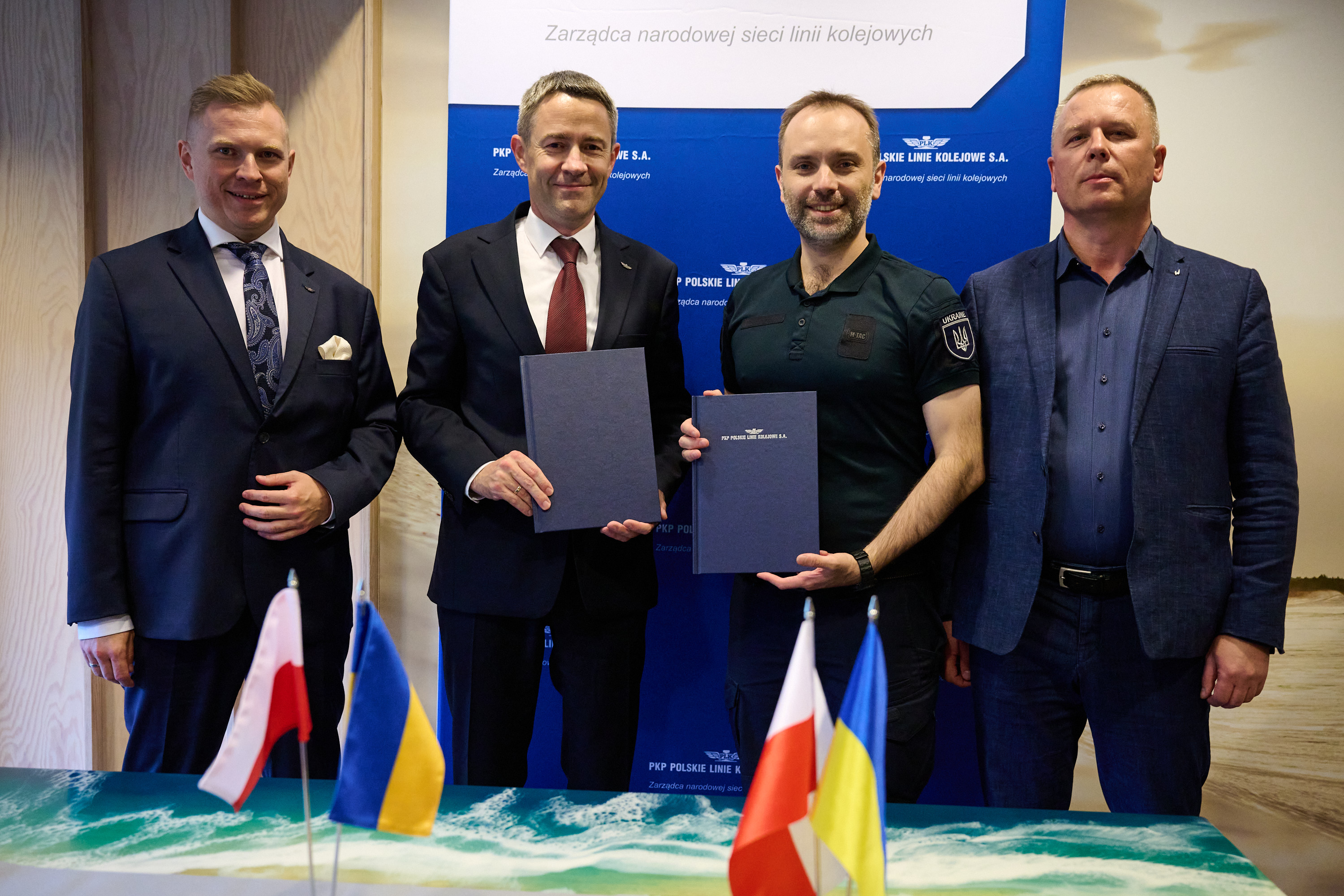In the Pokrovsk direction, we are witnessing a gradual tightening of the Russian advance westward around Myrnohrad. If they push further, the issue of the operational encirclement of the entire Pokrovsk–Myrnohrad area will arise.
In the Novopavlivka direction, Russian advances are reaching the operational-tactical level, and the Ukrainian Armed Forces (AFU) are unable to stop the enemy.
On other active fronts, Russian achievements remain mostly tactical — in areas such as Kupiansk, Kostiantynivka, the Zaporizhzhia sector, Lyman, etc.
In the Sumy direction, the situation is currently mirroring last year’s developments in the Kharkiv region: an initial Russian thrust followed by prolonged stagnation. Last year, Russian troops reached Vovchansk quickly but have been unable to fully capture it for over a year. Now, after an initial push in Sumy region, there are ongoing counterbattles — in some cases, the AFU has pushed the Russians back. Further developments depend on the movement of reserves.
Overall, the Russians continue their strategy of exerting pressure with “spread fingers” — attacking on multiple fronts simultaneously. Where they succeed, they try to exploit it; where they don’t, they continue to grind forward.
Regarding talks of a major offensive in a few weeks involving 160,000 troops: this is a matter of interpretation. If strategic reserves are already in place, it would make no sense to waste several weeks of summer, especially as autumn mud season is approaching. Moreover, it’s not certain that Russia has actually amassed strategic reserves of that size. It could simply be a combination of tactical and operational reserves from different groupings. Therefore, the more likely scenario is the continuation and intensification of current actions on existing fronts — not a sudden massive offensive on a new axis.
Reports that the U.S. warned Switzerland about a delay in the delivery of Patriot systems due to redirection to Ukraine may hint at what Trump meant when referencing "17 Patriots." As the Deputy Head of Ukraine’s Defense Intelligence said, it’s unclear whether that means 17 systems, 17 launchers, or even just 17 missiles. Seventeen full systems would be unrealistic; 17 missiles would be negligible. Seventeen launchers — that’s more realistic, and roughly matches the Swiss contract. So we’ll see if that’s what it was referring to when actual deliveries happen.
Ukraine is lagging behind Russia in terms of implementing and scaling up various technologies — from protective road netting to fiber-optic FPV drones. Ukrainians often generate ideas quickly and ahead of Russians, but scaling them into widespread use is slower.
As I’ve said since 2022, the key factor in this war is the number of troops at the front. That remains the case today, despite the importance of drones and technology. Russia has more than tripled its force grouping since 2022. The only reason the war looks as it does is because Ukraine hasn’t been able to increase its troop numbers to the same extent. Even the Russian military lacks the ideal number of troops — as I said back in 2022, they would need at least a million men for a front of this size — but they keep increasing and have now reached around 700,000, with plans for more. Their shortage is smaller than Ukraine’s, which gives them the physical ability to continue slow, attritional advances despite losses. No one will supply Ukraine with manpower — unlike weapons and equipment — so issues of mobilization, training, and effective use of personnel are more critical than anything else for the future of this war.









